It was meant to be a day off birding with bits of both dog and child minding, but as very birder knows, bird watching never really stops. In between pottering about, mainly sorting the lawnmower out after a winter’s torpor, I noticed several things happening in the garden; or as is more often the case, in next door’s garden, full of old apple and pear trees and untidy corners, a plot mostly neglected and annoyingly bigger than our postage stamp of green. Unlike us, our neighbour always gets a spring Chiffchaff, chiff-chaffing away for a day or two until the bird re-orientates and heads off again, so it was not a surprise to look over the fence and see one today; it even visited our budding damson trees for a minute or two.

The Greenfinches are back, the male singing away above to last year’s nest site, and the female close by, but I’ve yet to find the latest nest in the row of conifers.

At weekend I even had a Siskin or two on my home made Niger feeder, but then who hasn’t had garden Siskins this winter? But I must say the Goldfinches don’t seem to have reappeared in any numbers yet with just 2 or 3 beating of them off the occasional Siskin, unlike the Garstang Siskins that monopolised the feeders there.

None of that bothers the Blue or Coal Tits that come and go in an instant before scooting off to the fence with a beakful of best mixed seed.

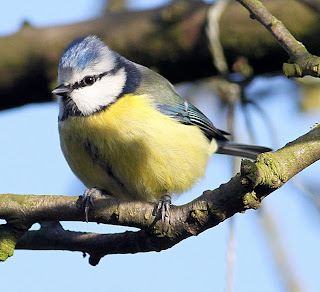
It’s a great weather forecast for the remainder of the week and hopefully I’m back to normal tomorrow with both birding and ringing to look forward to.












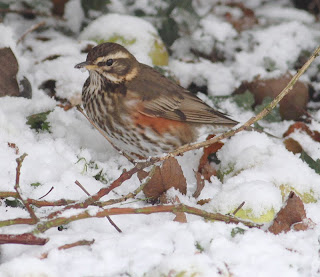






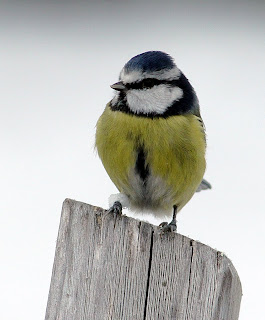














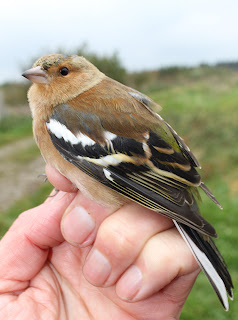














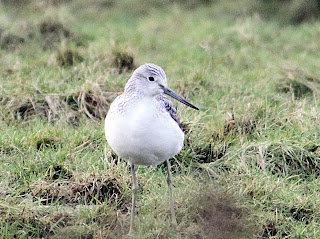











..jpg)

















